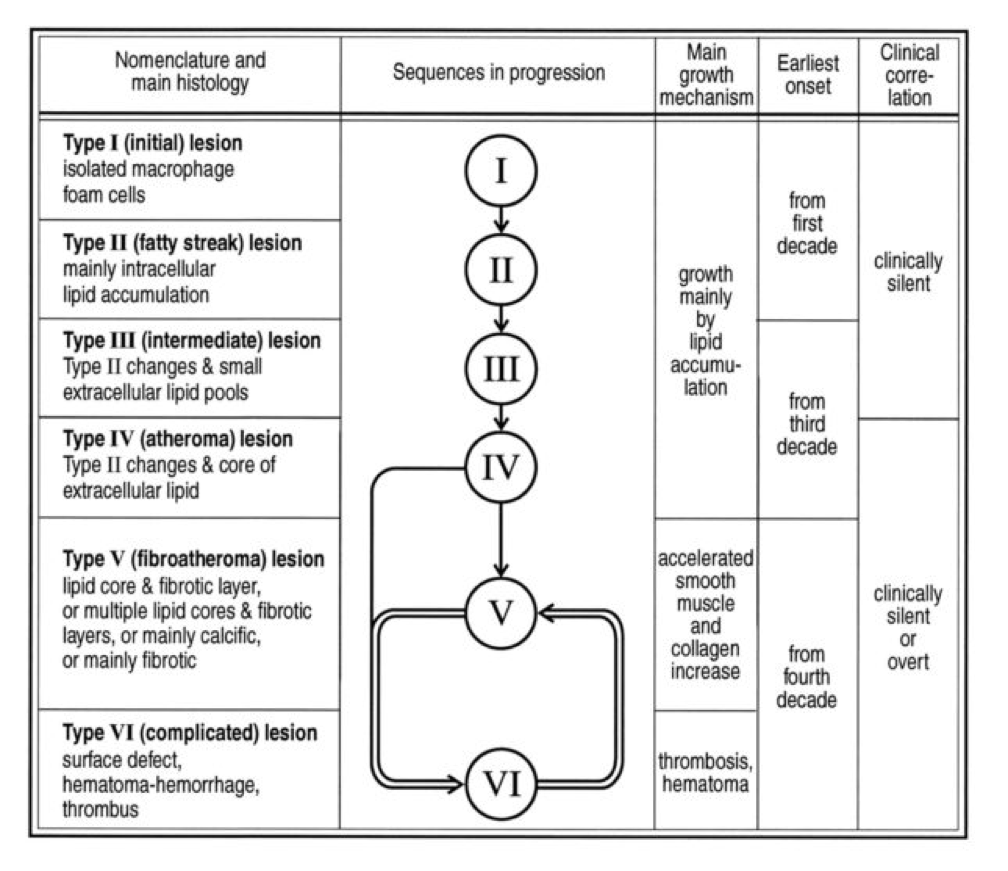In this “Ask Me Anything” (AMA) episode, Peter answers a wide range of questions from readers and podcast listeners. Bob Kaplan, Peter’s head of research, asks the questions. If you’re listening on a podcast player, you’ll be able to hear a preview of the AMA. If you’re a subscriber, you can now listen to this full episode on your private RSS feed. If you are not a subscriber, you can learn more about the subscriber benefits here.
AMA #5 Sneak Peak:

We discuss:
- Coronary calcium score: what it means and how to interpret your results [1:15];
- How to train for the “Centenarian Decathlon” [18:00];
- Explaining the blood glucose response to various types of exercise [35:30];
- The Tabata protocol [43:15];
- Exercising on a ketogenic (or low-carb) diet: performance, muscle glycogen, adaptation, and more [49:30];
- The work of Dr. Gabor Maté and its impact on Peter [54:15];
- What’s the best book you’ve read in the past year? [55:45];
- What is “pattycakes?” [59:00];
- What is the latest and greatest of egg boxing [59:30]; and
- More.
Get Peter’s expertise in your inbox 100% free.
Sign up to receive An Introductory Guide to Longevity by Peter Attia, weekly longevity-focused articles, and new podcast announcements.
Coronary calcium score: what it means and how to interpret your results [1:15]
- A coronary calcium score (CAC) is a CT scan that’s done dry (without any contrast)
- If you see something really, really bright white, it’s calcium
Scoring system
- You can actually get some anatomic detail, but not to the degree of understanding how much narrowing there is of the arterial lumen
- You can see which arteries: The left main artery, the circumflex artery, the left anterior descending, the right artery, the posterior descending artery, etc.
- The amount of calcification is then scored and ranked against a percentile
- It is certainly helpful especially in terms of being able to update your probability based on new information
The problem:
- People tend to think if they’re score is zero then they are at zero risk
- Unfortunately, that’s just categorically untrue
- A zero score actually means actuarially (at the population level) a lower risk of a coronary event
- What is a “coronary event”? ⇒ A major adverse coronary event (MACE) = heart attack, stroke, or cardiac death
- Furthermore, nearly 50% of fatal MIs occur in non-calcified areas of coronary arteries
- Those data are also a bit misleading because many of those patients still had calcifications elsewhere
Analogy: Bad neighborhood vs. a break-in
“The way I think of calcification is, it tells you how many times you’ve been broken into and what kind of repair you’ve done. . . A biomarker tells you how bad a neighborhood you live in.”
- Example of a biomarker: You do a blood test and their Lp(a) is high, or their LDL-p is high, and they have lots of inflammation, that says they live in a bad neighborhood. . .there’s a chance there’s going to be a “break-in.”
- A calcium score other than zero, tells you you’ve already had an advanced lesion which had to be repaired (i.e. you’ve already had a “break-in”)

Figure 1. Herbert C. Stary’s stages of atherosclerosis. Image credit: Stary et al., 1995
For more on when and how heart disease begins check out this article from Peter
In summary: When you have calcification in a coronary artery, you’ve had real damage that has been repaired. It is a marker of risk that suggests you need to be more aggressive your care. But when you have a score of zero, it doesn’t change the fact that you might live in a bad neighborhood, or the fact that you can have lots of arterial damage that just hasn’t shown up at the stage of calcification. You can have plenty of soft plaque that’s still there without calcification. That’s still an enormous marker of risk.
What Peter does with patients:
[end show notes preview]
Would you like access to extensive show notes and references for this podcast (and more)?
Check out this post to see an example of what the substantial show notes look like. Become a member today to get access.



